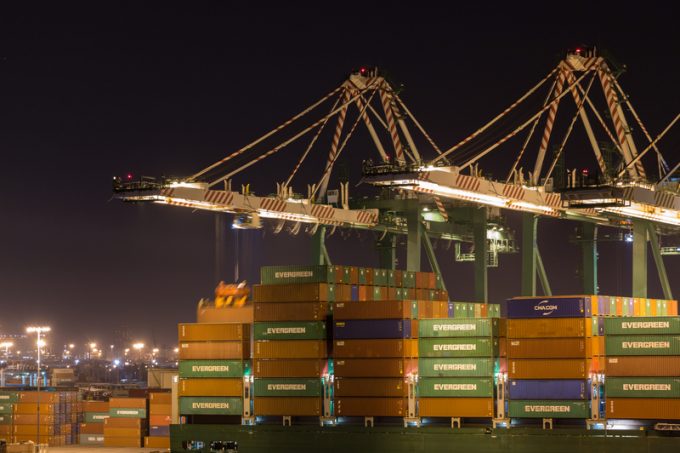Crime gangs using fake security seals to access China-to-US containers
The ability to access and replace the seal on containers is triggering increased amounts of ...

BCOs and shippers at the TPM22 conference in Long Beach are questioning why ocean carriers decided to deploy bigger ships on the transpacific tradelane without consulting hub ports on their ability to handle them.
One BCO told The Loadstar she could trace the upgrade in ship sizes ...

Comment on this article